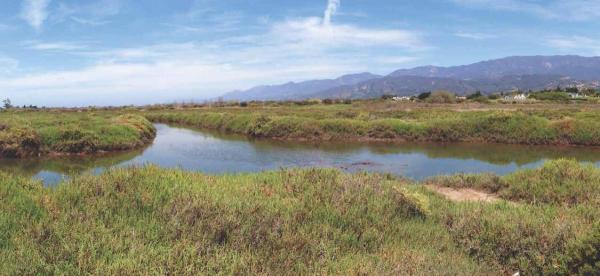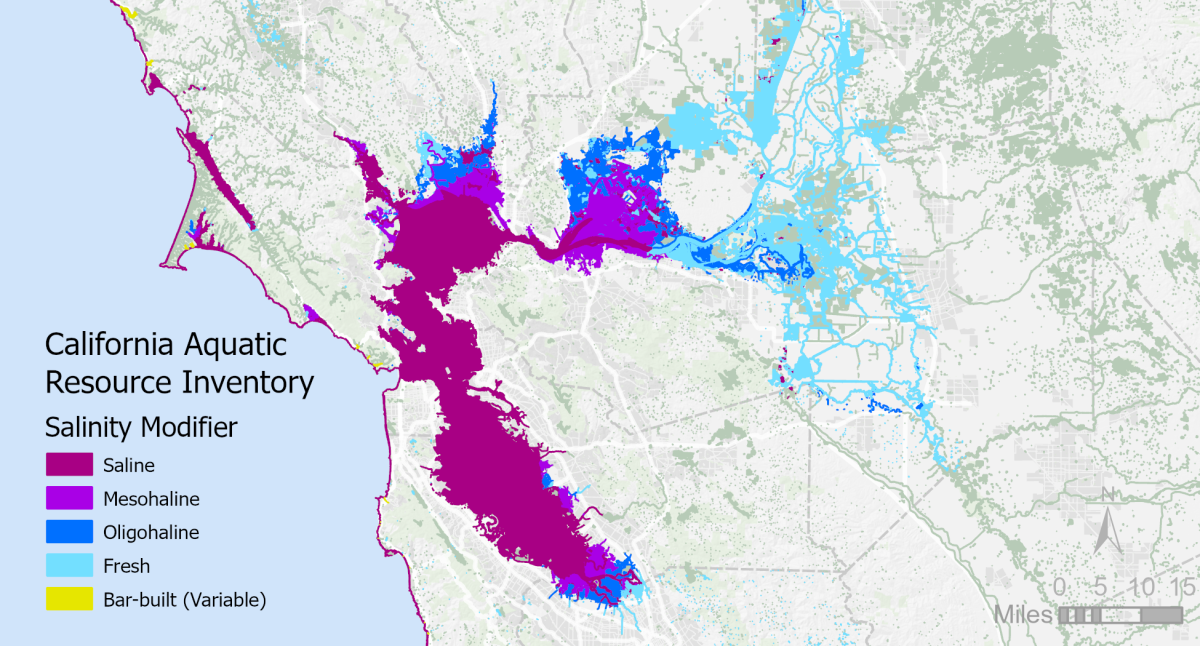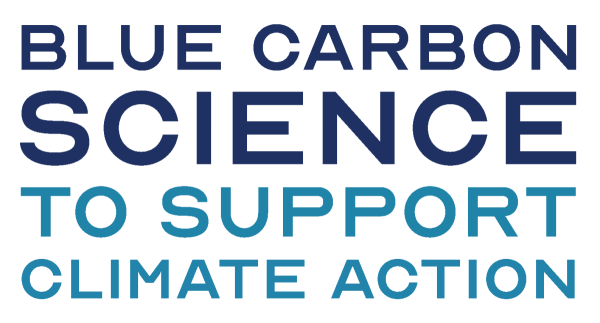Elevating blue carbon in California
To limit the impacts of climate change, California has pledged to achieve carbon neutrality by 2045. Accompanying this net-zero goal, state legislation requires that California maintain a climate change Scoping Plan which lays out a strategy across sectors to limit greenhouse gas emissions and enhance removals of atmospheric carbon dioxide. As part of this strategy, California will leverage its natural and working lands to enhance carbon sequestration and reduce greenhouse gas emissions through ecosystem restoration, conservation, and climate-smart land management. The most recent (2022) Scoping Plan update incorporates management actions in 7 natural and working land types: forests, shrublands/chaparral, grasslands, croplands, developed lands, deltaic wetlands, and sparsely vegetated lands. Missing from this list are the tidally-influenced coastal ecosystems outside the Sacramento-San Joaquin Delta. These blue carbon ecosystems support high rates of carbon storage and sequestration while providing many co-benefits that can enhance coastal climate change resilience. With sufficient data and robust modeling approaches, California has the opportunity to incorporate blue carbon in future Scoping Plan updates and set actionable targets for restoration, migration space conservation, and other management activities that promote long-term survival of the state’s coastal wetlands.
Project goals
SFEI has partnered with the Pew Charitable Trusts to support broader incorporation of blue carbon in California’s climate action plans. Working with other scientists, agency staff, and regional and state-level managers and planners, we are building alignment and capacity for blue carbon quantification through science synthesis, outreach, and mapping. We are:
- Reviewing and synthesizing existing mapping, biogeochemical, and modeling information needed to quantify and track blue carbon statewide
- Identifying science gaps and science-management mismatches where further investment or coordination will enable broader inclusion of coastal wetlands in California’s Scoping Plan, statewide greenhouse gas inventory, and other climate action processes
- Facilitating information sharing among scientists, planners, and managers
- Adding a salinity attribute to the California Aquatic Resources Inventory in order to improve statewide estimation of coastal wetland greenhouse gas emissions
Funders

Associated staff
Lydia Smith Vaughn, Cristina Grosso, Letitia Grenier, Alex Braud, Pete Kauhanen, Kendall Harris, Denise Walker, Ellen Plane, April Robinson
Dates
2021-2023
For more information about this project, please contact Lydia Smith Vaughn ([email protected])

 The Scoping Plan natural and working land scenarios include wetland restoration in the Sacramento-San Joaquin Delta, but omit blue carbon ecosystems found elsewhere in the state, such as California’s ~57,000 acres of salt marsh, tidal scrub-shrub wetland, and seagrass meadow. While not as extensive as the state’s forests and grasslands, these blue carbon ecosystems can sequester carbon more rapidly while providing unique resilience benefits to the state’s coastal communities and ecosystems. Filling this blue carbon gap will require integrating data and models from coastal wetlands that meet Scoping Plan standards for predicting and tracking emissions. Much of this science already exists, but additional synthesis is needed to develop statewide blue carbon quantification approaches and identify data or modeling gaps. To support broader inclusion of coastal wetlands in future Scoping Plan updates, we assembled a summary report,
The Scoping Plan natural and working land scenarios include wetland restoration in the Sacramento-San Joaquin Delta, but omit blue carbon ecosystems found elsewhere in the state, such as California’s ~57,000 acres of salt marsh, tidal scrub-shrub wetland, and seagrass meadow. While not as extensive as the state’s forests and grasslands, these blue carbon ecosystems can sequester carbon more rapidly while providing unique resilience benefits to the state’s coastal communities and ecosystems. Filling this blue carbon gap will require integrating data and models from coastal wetlands that meet Scoping Plan standards for predicting and tracking emissions. Much of this science already exists, but additional synthesis is needed to develop statewide blue carbon quantification approaches and identify data or modeling gaps. To support broader inclusion of coastal wetlands in future Scoping Plan updates, we assembled a summary report, 




